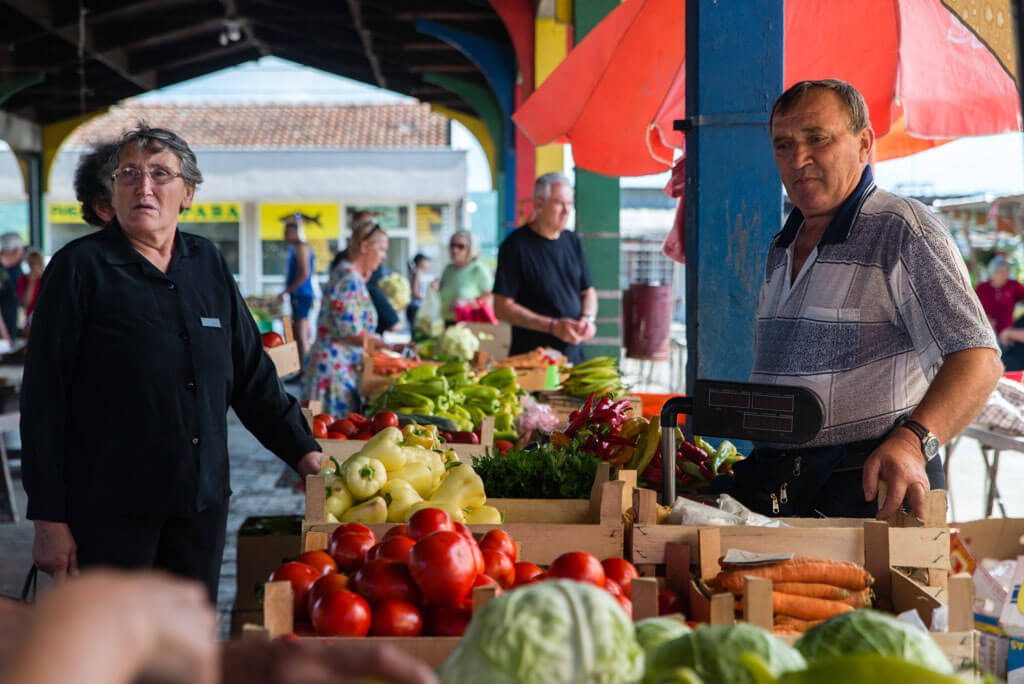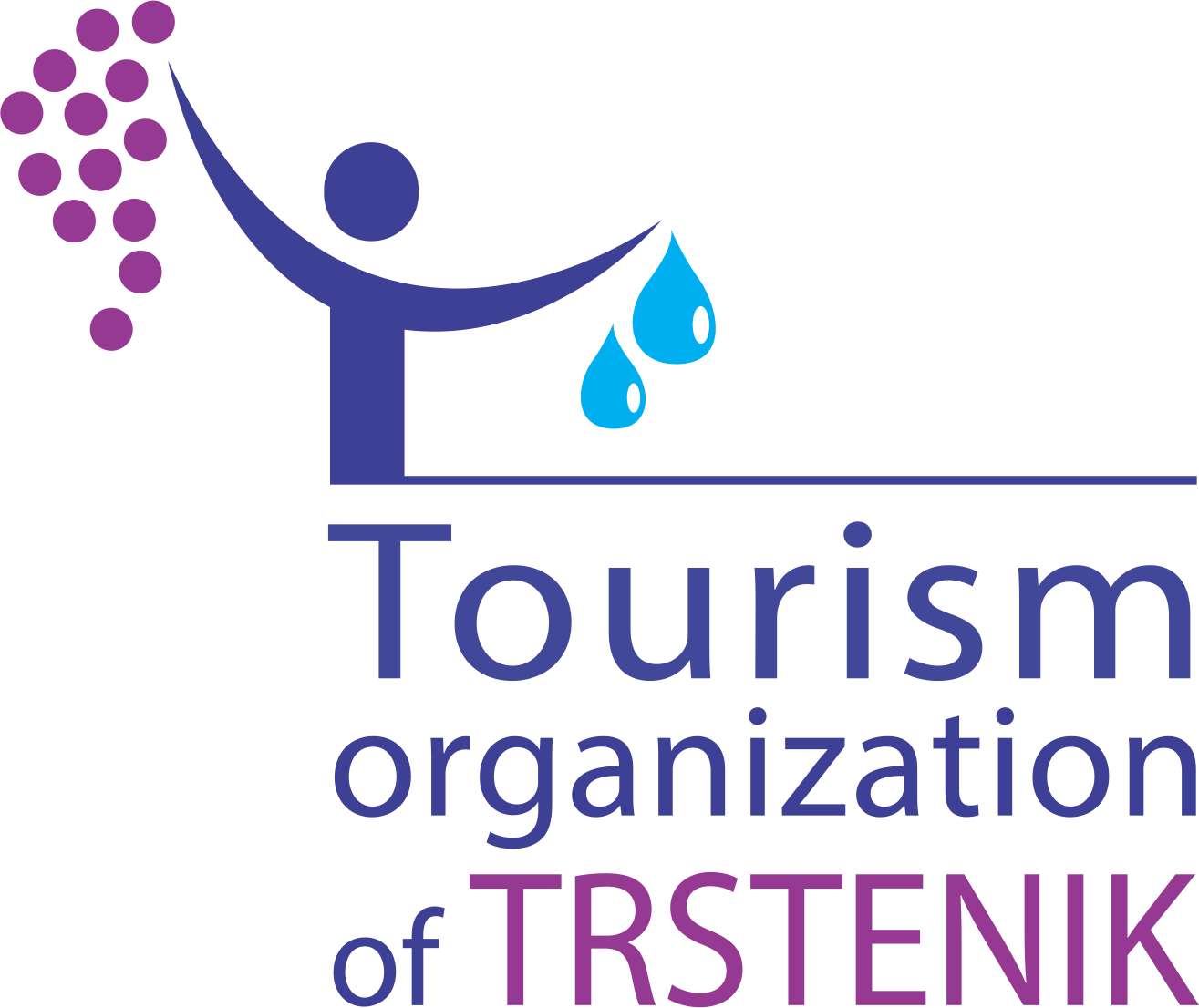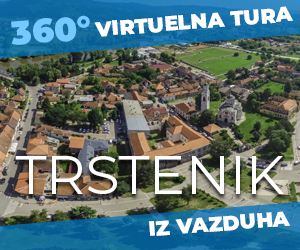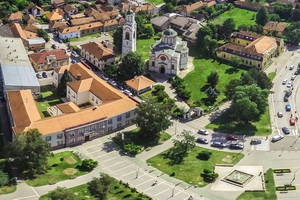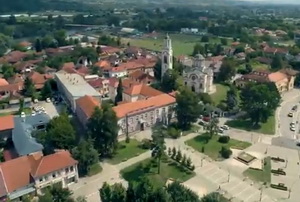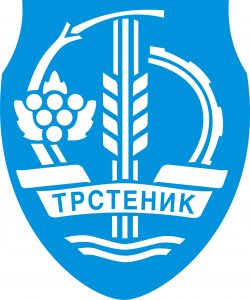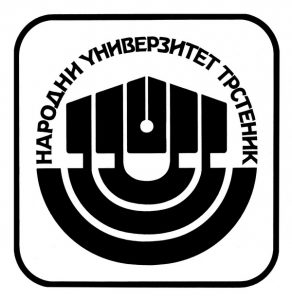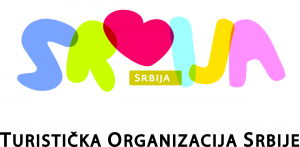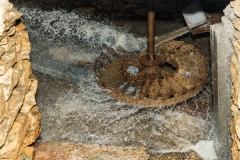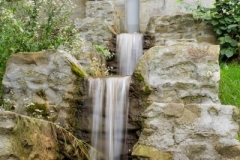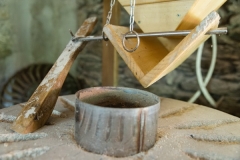Etnographic heritage and old crafts
Houses from the past, water mills, a number of old crafts and various customs, all of these make this region particularly interesting
In Trstenik area old meets new at almost every step. Houses from the past, water mills, a number of old crafts and various customs, all of these make this region particularly interesting.
Traditional clothes-folk costumes can be seen in the workshop for making folk costumes in Stragari village, in the local museum, during folklore manifestations and rarely in fairs. Long embroidered socks worn by men on special occasions were very characteristic for this area and from then on, people from this area are called “Čarapani”. Trstenik area is famous far and wide for rugs. Even the famous travel writer Feliks Kanic noticed that nowhere else in Serbia such high quality rugs could be found but in Trstenik and Pirot. Many women from Trstenik cherish weaving and embroidery skills. Braided scarves, cloaks, bags are made very precisely and they are original concerning ornament and colours.
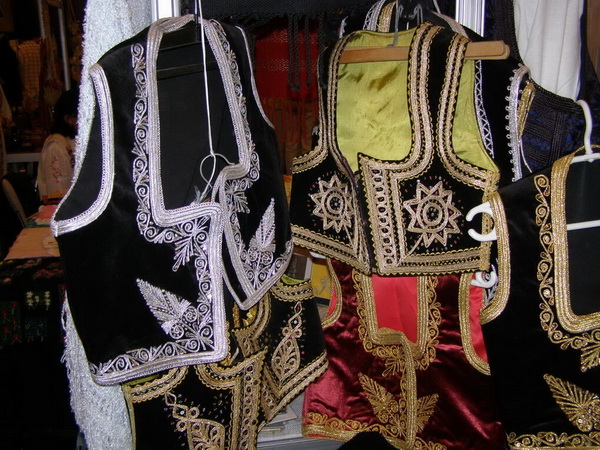
The rich and diverse etnographic heritage of the Trstenik municipality is cherished by a large number of cultural and artistic societes from Trstenik, Stopanja, Medvedja, Velika Drenova, Poljna, Riljac, etc.,that have successfully represented the municipality throughout Europe.
Villages on the left banks of the Morava river, Medveđa, Velika Drenova, Milutovac are famous for grafters.
In Soda shop founded in 1935. you can refresh yourself with ”klaker”, made by the recipes from the last century.
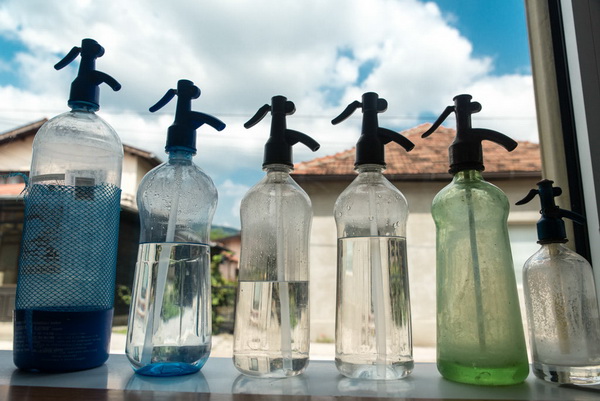
Popina village is famous for the plenty of quartzite stone and its process. In workshop for aesthetic process of quartzite stone, which dates back to 1935, inspiration is found in the stone plastic of the Morava school.
As the legend says, Dublje village was named after an enormous stone, and the village was developed in its vicinity. “The stone from Dublje” from neighboring mines is known outside the borders. Few family workshops in Dublje are devoted to mill stone carving. The oldest stone cutting shop dates back to 1875, golden age for stone cutters, when water mills appeared on almost every brook.
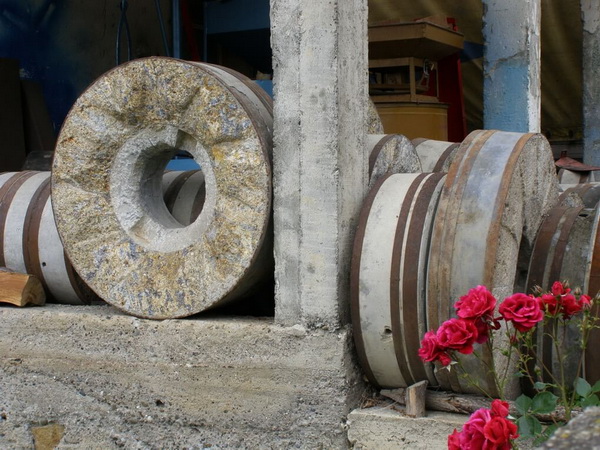
From the hilltop near the school you can enjoy beautiful view overlooking Vrnjacka Banja and mountaintops of Goc, Zeljin and Kopaonik. Experienced hunters can discover wonders of designated hunting grounds in Dublje.
Village Brezovica is located on Brezovica River, 13 km southwest of Trstenik, and the same mileage from Vrnjacka Banja. Legend says it got its name by the waste birch tree forests “that could be seen only in Russia… “. From the mountaintop Rogovi (513m) you can experience amazing view overlooking forests, fields and rivers with waterfalls.
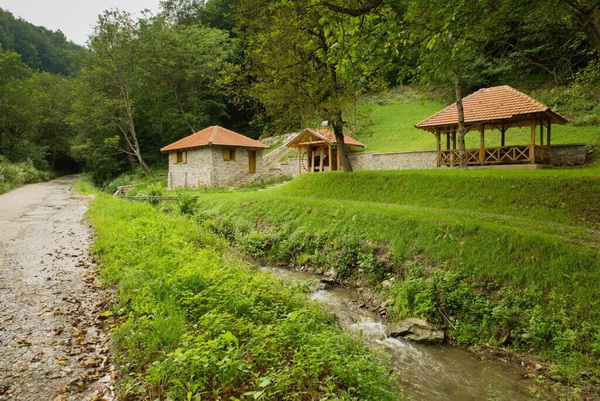
Once upon a time, Brezovica had 18 watermills, on Brsljanica and Brezovacka rivers, built during first half of 20th century.
To mil the flower in the watermill, first you need to get the water from the river into the canal. From the canal water gets in to the beech, and when it fills up, water comes to the yall from which under pressure hits wooden wheel with feathers, and it turns. That wooden wheel is turning the watermill stone.
Then you put the grains into the basket, and as the stone turns, grain that falls out from the basket is being grinned. Flower falls in to the box or as we call it “mucnjak”. Out of this flower, water and yeast you can make the best bread. And if it is done in the woad, and then covered with Kajmak when it’s hot, there is nothing better in the whole wide world”says the owner of the mill.
Brezovica is also known by its limestone production. Wally of Brezova and Popina rivers is rich in marble, out of which, following the old technique we produce high quality lime.
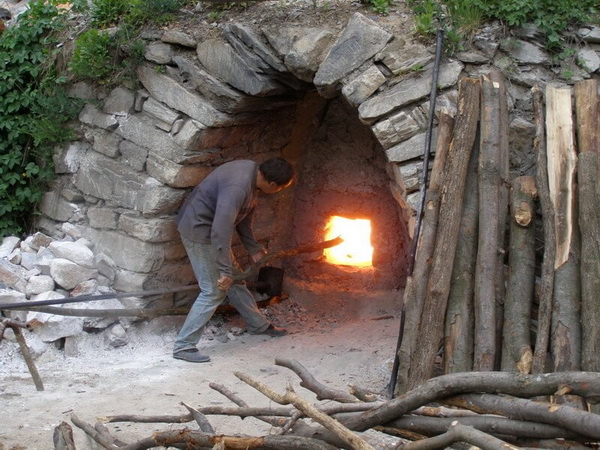
Visitors can stay in the beautiful period country house with the adjacent restaurant that serves local specialties.
Twig weaving, an ancient craft developed near rivers, is the most popular in Odžaci village. Many different materials, especially willow tree, are used for making very usable household objects.
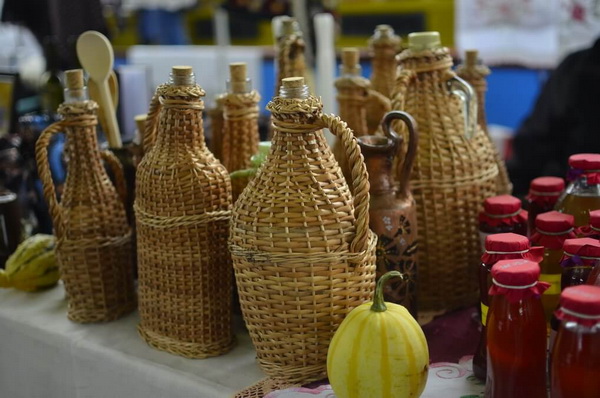
At the local market you can buy home made products, sweets, fruit preserves, juices, famous ajvar done in “Grandma recipe” style, you can get freshly picked forest fruit from the locals or join in and pick them yourself in the nearby woods.
